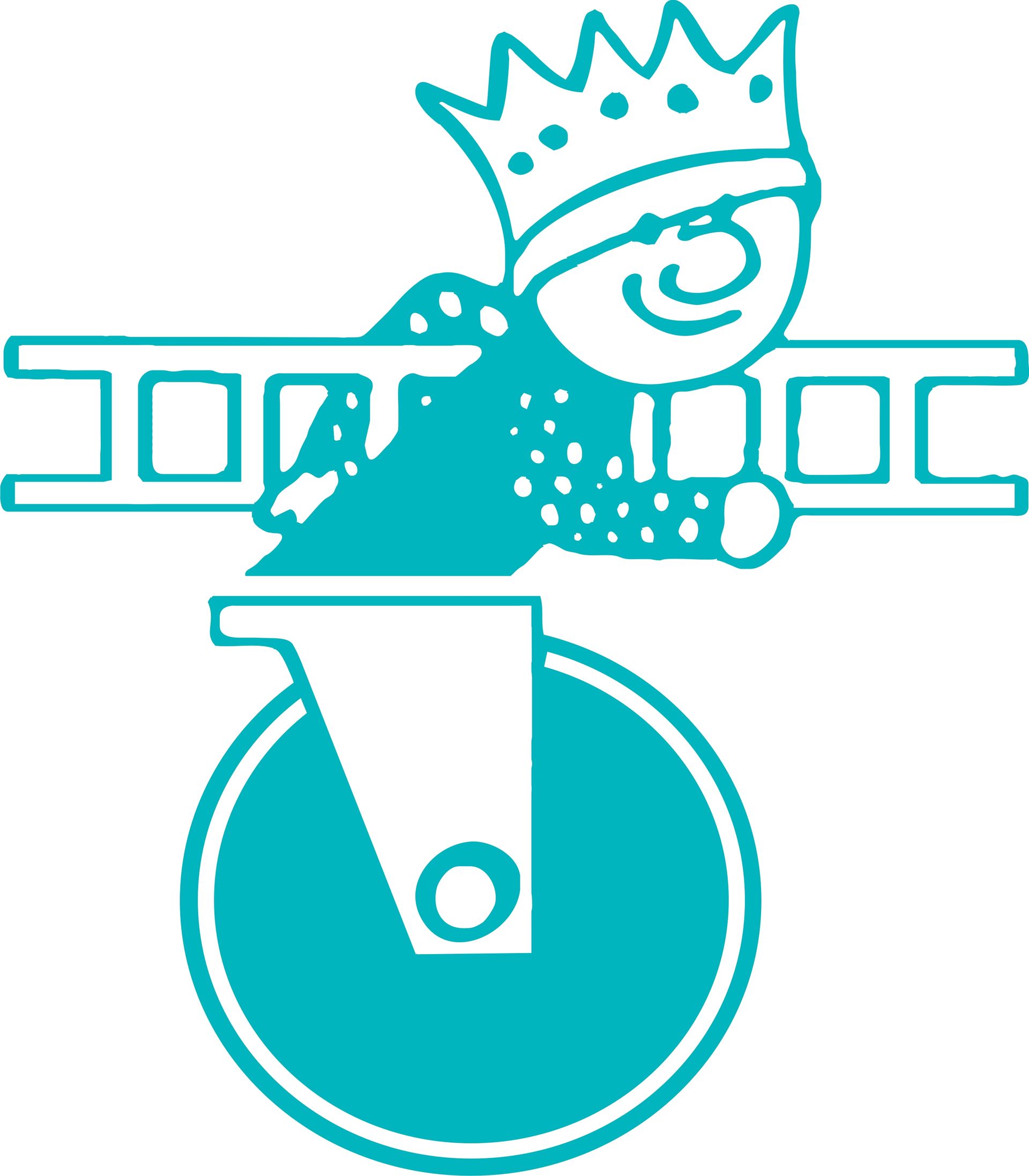CALL 021 762 8610
Ball Unit Castors vs Single-wheel Castors

Castors are nifty little wheels that give mobility to a range of different kinds of furniture that we use at home and in the workplace. There are several types of castors available on the market, all of which exist to give you an abundance of options when you need to fit your chair or trolley with application-specific functionality.
In this blog, we’re going to be focusing on two popular kinds of castors: ball unit castors and single-wheel castors. These two types of castors are both dynamic and adaptable to several applications; let’s take a closer look at what they are, as well as their pros and cons.
Ball unit castors
Ball castors are wheels that allow movement in every direction. These omnidirectional castors consist of a small ball bearing that is fitted into a special type of swaged tubing that allows the ball to roll in every direction.
This technology is popular in the manufacturing and transport industries where it is used in conveyors of different kinds to transport goods and luggage. As castors though, ball units are used for several things, from transporting furniture around the office to giving small robots omnidirectional mobility.
Pros
- Completely dynamic and adaptable;
- Can be used in several applications;
- Easy and quick to use;
- Variety: ball casters come in different sizes, colours, and configurations.
Cons
- Ball casters don’t come in a dual configuration;
- Ball casters can’t carry heavy weight.
Single-wheel castors
Single-wheel casters are one of the most commonly used casters in the market, and for good reason too. Because of their simplistic design, load-bearing capacity, affordability, and functionality, single-wheel casters can be used for a myriad of applications.
These types of casters are mostly used in some kinds of furniture like office chairs, as well as items like shopping trollies and prams. In most cases, single-wheel castors are installed with swivels that make it possible for the casters to turn in every direction.
Pros
- Cheaper than dual casters;
- Functional and reliable;
- Adaptable to different terrains.
Cons
- Can’t carry heavy loads;
- Difficult to swivel under a relatively heavy load;
- Swivelling wheels are known to get jammed or scrub the floor.
Conclusion
Both types of castors have their pros and cons, choosing the right one is a matter of knowing what you need to get out of it! If you’d like more assistance with choosing the right castor for your specific needs, don’t hesitate to get in touch with us today !
More recent posts

